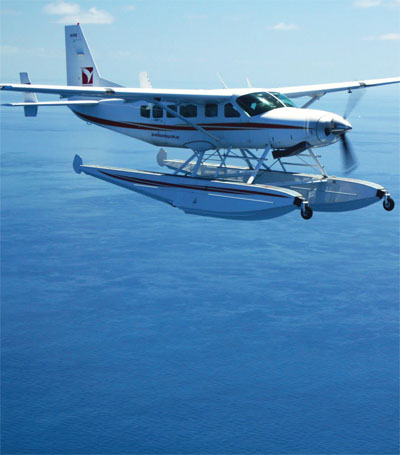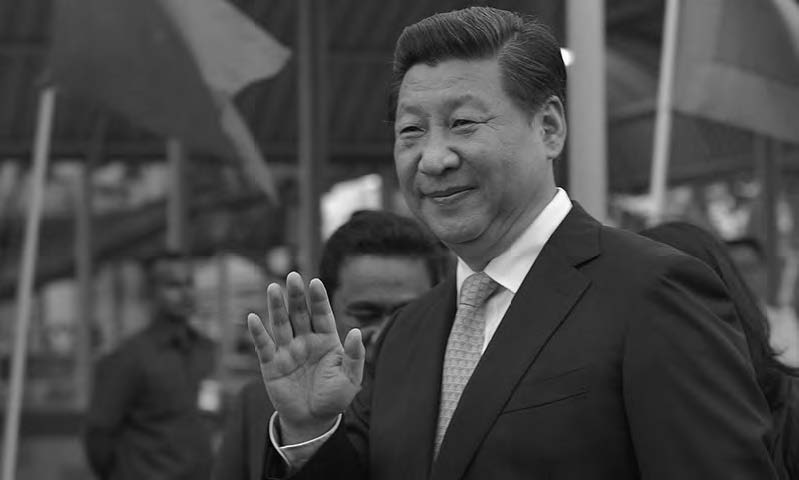
The Republic of India is a large South Asian country rich in ethnic diversity,with over one billion people speaking hundreds of languages. Politically it is the world’s largest liberal democracy. The Indian economy is the fourth largest in the world, in terms of purchasing power parity, and is the world’s second-fastest growing economy. India is also the second most populated country in the world. India has grown significantly, in terms of both population and strategic importance, in the last twenty years attributed to economic reforms. Strategically located in Asia,constituting most of the Indian subcontinent,India straddles many busy trade routes. It shares its borders with Pakistan,the People’s Republic of China,Myanmar,Bangladesh,Nepal,Bhutan and Afghanistan.Sri Lanka,the Maldives and Indonesia are the nearby island nations in the Indian Ocean. Home to some of the most ancient civilisations in the world, India was formally ruled by the British for almost ninety years before gaining independence in 1947.
Origin of India’s name:
The official name India is derived from Sindhu, the historic local appellation for the river Indus and is the most internationally recognisable of the country. The Constitution of India and general usage also recognises Bharat as the other official name of equal status. Bharat comes from the name of an ancient Hindu king and means seeker of knowledge. The third name is Hindustan, meaning land of the Hindus (where Hindu refers to those who dwell to the right of the Indus/Sindhu river) used from the Mughal times onwards. India,a sub-continent with 5000 year old History. A civilization united by its diversity,richness of culture,the glory of past,the turbulences and triumphs. The landmarks of each era,the achievements of a change,the legacy of a regime.
As we walk through the history,India is an amazing discovery and its history is a unique tale of the past. With the arrival of the Portuguese, French and English traders, advantage was taken of the fractured, debilitate kingdoms to colonise India. In 1857, an insurrection amongst the army sepoys ensued in the popular Revolt of 1857 against the powerful British East India Company; this mobilised resistance, though short-lasting, was caused by the widespread resentment against discriminatory policies of the British. After the revolt, the Indian independence movements started demanding complete independence. On August 15th, 1947, India was finally granted independence from British rule and became a secular republic.
January 26 (Republic Day of India): Republic Day is one of the greatest national celebrations observed throughout the country on January 26 every year. India became Republic on the 26th Jan, 1950. The country became a sovereign democratic republic with a written constitution and an elected parliament. At the time of independence, although India was under British rule, there were 565 Princely States, big and small, ruled by powerful sovereigns who were protected by treaties of alliance with the British Crown.
Without bringing them together, the fundamental unity of the country was not possible. This unification was accomplished by Sardar Vallabhbhai Patel, whose statesmanship helped to integrate the country into one nation. In a little less than 2 years, all the princely States became a part of the Republic of India. It was on this date in 1927 that the Indian National Congress, then fighting its nonviolent war for freedom, voted for complete independence as against ‘dominion status’. When members of the INC took the pledge to work towards a ‘sovereign democratic republic’ of India.





Be the first to comment